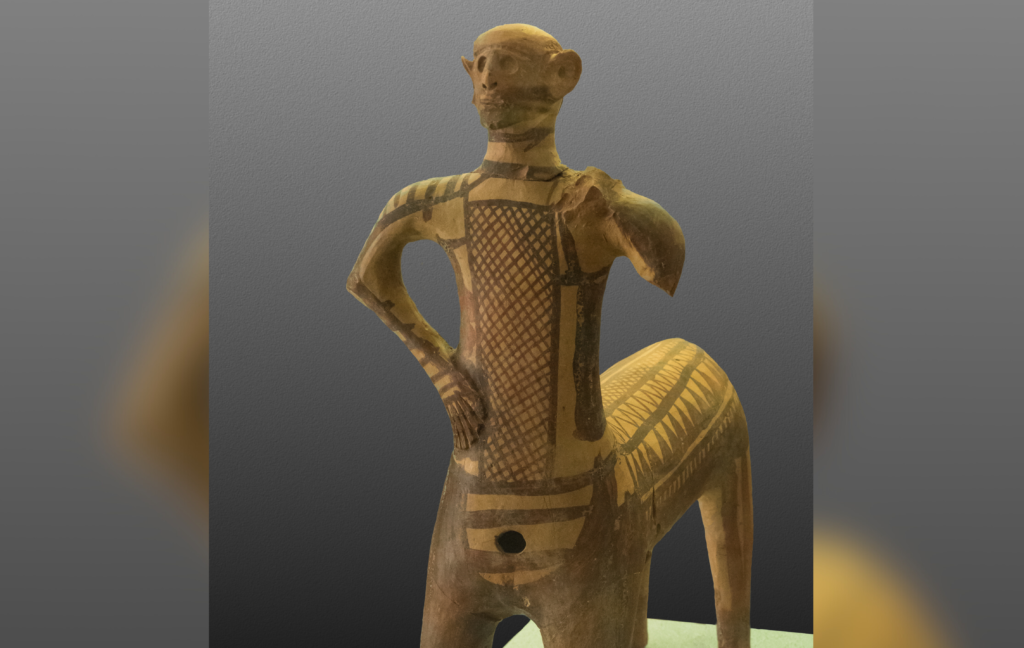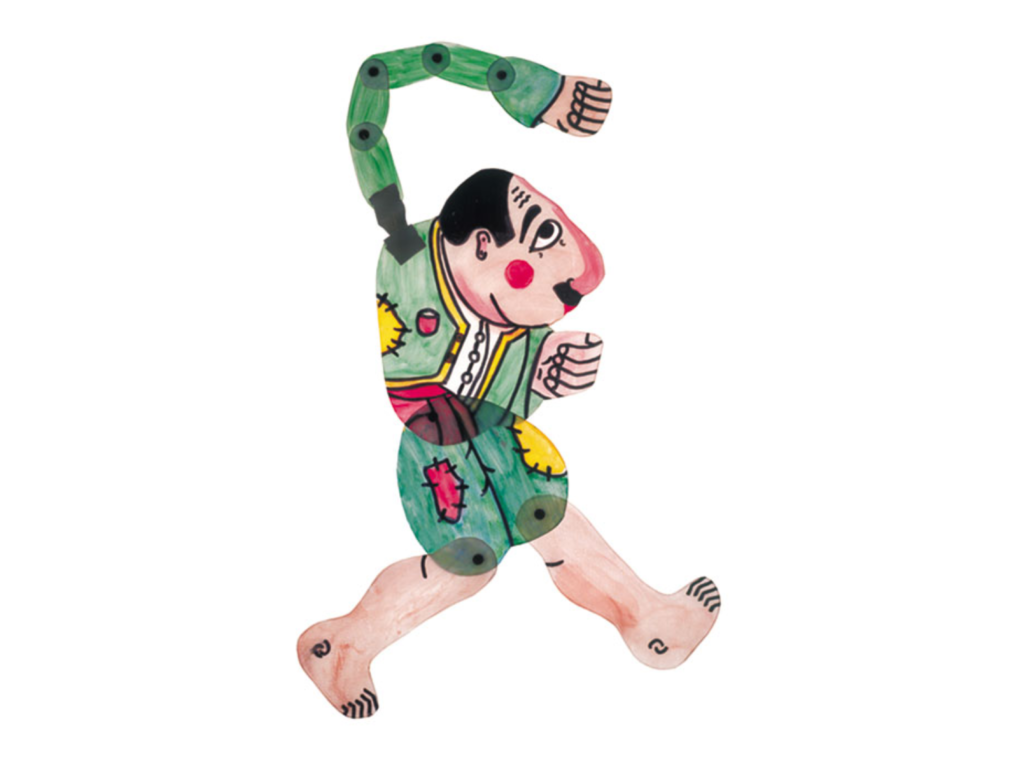Cultural Synthesis

Hellenistic Identity Through the Fusion of Greek and Eastern Traditions The Hellenistic period (323–146 BC) was marked by more than territorial expansion—it was a cultural revolution. As Alexander the Great’s empire fragmented, his successors ruled over a diverse array of peoples from Egypt to Persia. Greek culture, language, and ideas spread across these regions, but […]
Aegina’s Fall

A Tale of Athenian Conquest During the Peloponnesian War, Aegina, a prosperous island in the Saronic Gulf, found itself at the center of Athenian ambitions. Aegina had long been a rival to Athens, particularly in trade and maritime power. In 431 BC, tensions escalated between the Delian League, led by Athens, and the Peloponnesian League, […]
Daedalic Art

The Stylized Bridge Between Geometric Rigidity and Archaic Naturalism Daedalic art marks a fascinating transitional phase in the development of ancient Greek visual culture, bridging the abstract stylization of the Geometric period (c. 900–700 BC) and the more naturalistic tendencies of the Archaic period (c. 600–480 BC). Named after the mythical craftsman Daedalus—credited with creating […]
Resilient Roots

How Farming and Simplicity Sustained a Civilization The Greek Dark Ages (c. 1100–750 BC) were a time of great change—and survival. After the collapse of the Mycenaean palatial system, the economy shifted dramatically. Gone were the vast trade networks and elaborate systems of production. In their place emerged a more localized, self-sufficient way of life, […]
The Evolution of Prehistoric Sesklo

From Circular Huts to Walled Villages Nestled in the fertile plains of Thessaly, the prehistoric settlement of Sesklo offers one of the earliest glimpses into organized human life in Europe. Spanning from roughly 7510 to 4000 BC, Sesklo’s archaeological layers reveal a story of remarkable transformation—from humble beginnings in circular huts to a bustling community […]
Aegean Life – Part II

Ritual, Rank, and Expression in the Aegean Bronze Age In the Early Bronze Age Aegean, life wasn’t only about survival—it was about meaning. Beyond the fields, workshops, and harbors, people sought to understand their world through worship, social order, and artistic expression. This second chapter explores how these islanders lived not just with the land […]
Plotinus and Neoplatonism

Philosophical Innovation in the Roman World Plotinus (c. 204–270 CE) was one of the most influential philosophers of the Greco-Roman period, known for founding Neoplatonism, a philosophical system that sought to reconcile Greek metaphysics with the spiritual realities of the Roman world. His ideas became a cornerstone of both pagan and early Christian philosophy and […]
The Phanariot Elite

The Rise of Greek Aristocracy in Ottoman Rule The Phanariot elite emerged as a significant force in the 17th and 18th centuries within the Ottoman Empire, particularly in Constantinople’s Phanar district. Known for their political influence and cultural prominence, the Phanariots were a group of Greek aristocrats who rose to power through their close ties […]
Empress Irene of Athens

The First Female Byzantine Emperor Empress Irene (c. 752–803 CE) stands as one of the most intriguing figures in Byzantine history, being the first woman to rule the empire in her own right. Her reign, from 797 to 802 CE, marked a unique chapter in Byzantine politics, especially in an era dominated by male rulers. […]
Karagiozis Origins

Unmasking the Folk Shadow Hero of Greece Karagiozis, the iconic shadow puppet of Greek folklore, is far more than just a comical figure with a humped back, torn clothes, and endless schemes. He is a symbol of wit, survival, and resistance—especially during times of foreign occupation and social hardship. Though Karagiozis is a fixture in […]
